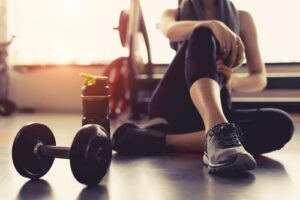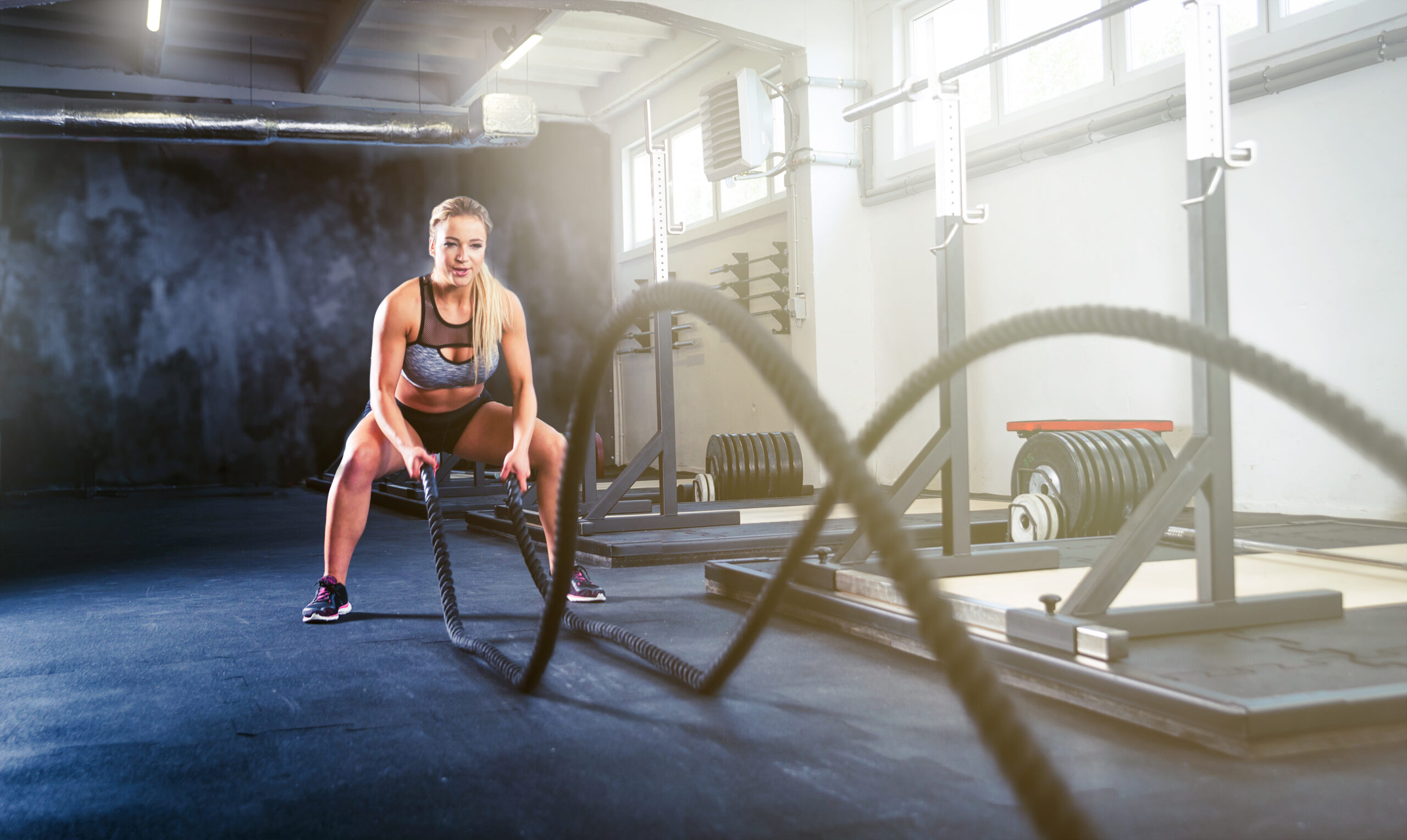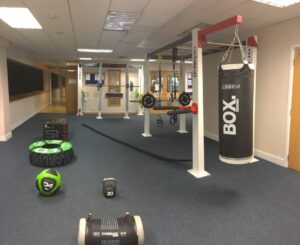
For some people, exercise is a means to an end. It is the way that they stay fit and healthy to perform the day-to-day tasks that life throws at them. This is called functional fitness. It trains your muscles to help you do everyday activities safely, effectively and with little or no risk of injury.
Carrying the shopping, doing DIY jobs around the house, spending a weekend working in the garden, running for the bus. A good level of functional fitness means life’s challenges become easy to surmount.
Why you should add functional fitness training to your routine
At the same time, this type of training is not solely about being fit for the everyday. As a training session, functional fitness can hit muscle groups in a unique way that a regular training session sometimes just cannot. Where a regular weight training session may focus on one specific body area, functional fitness training will bring in a number of muscles – many of which are often over-looked. It can be a great way for even elite performers to enhance their fitness.

By using a variety of equipment and a range of movements, a work out based on functional fitness can be a great way to tone muscle and increase cardiovascular fitness levels.
Multi-dimensional nature of functional fitness training
One feature of functional fitness training is the use of multi-muscle group exercises. The idea behind this is to train muscles to work together for efficient movement. It also means that core fitness is developed as the core muscles link the movements by the different muscle groups together.
For example, a squat with a overhead press is a functional exercise because it trains the muscles used when you bend to pick up low objects and then move those objects to a shelf. By training your muscles to work the way they do in everyday tasks, you prepare your body to perform well in a variety of common situations.
Everyday movements made easy
Functional exercises tend to use multiple joints and numerous muscles. Instead of only moving the elbows, for example, a functional exercise might involve the elbows, shoulders, spine, hips, knees and ankles. This type of training, properly applied, can make everyday activities easier, help reduce your risk of injury and improve your quality of life.

At Kelsey Kerridge we have created a standalone area for people who what the space and equipment that will help them develop their physical performance through exercises that are based on functional fitness movements. There is also a clearly marked space around each exercise area to allow people to maintain social distance as they train.
Among the equipment you will find in the Kelsey Kerridge Functional Fitness Training Area are:
Kettlebells
Free weights
TRX
Boxing bag
Benches
Bulgarian bags
Tyres
Ropes
Plus an area dedicated to jumping, leaping, pushing, pulling and carrying.
Functional fitness exercises involve varying combinations of resistance and flexibility training that can help build functional fitness.
Some specific functional fitness training movements that use multiple joints and muscles include:
•Multidirectional lunges
•Standing row
•Squats
Multidirectional lunges help prepare your body for common activities, such as vacuuming and gardening. To do a lunge, keep one leg in place and step out with the other leg — to the front, back or side — until your knee reaches a 90-degree angle and your rear knee is parallel to the floor.
Gradual growth
With all exercises it is a good idea to gradually build resistance and intensity. Start with purely body weight exercises. As you become more fit and ready for more of a challenge, you can add more resistance. These can be weights or resistance bands. But be careful not to add too much resistance to exercises that require high impact. This places joints and soft tissues at more risk if these exercises aren’t performed optimally.







